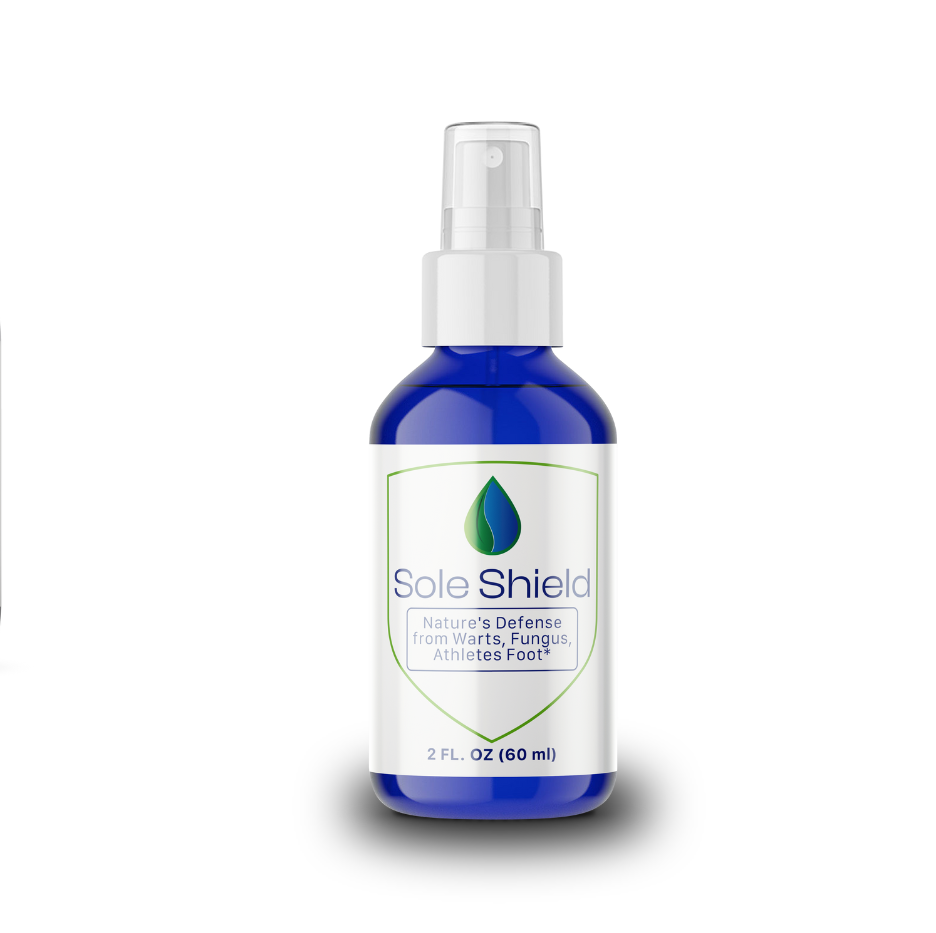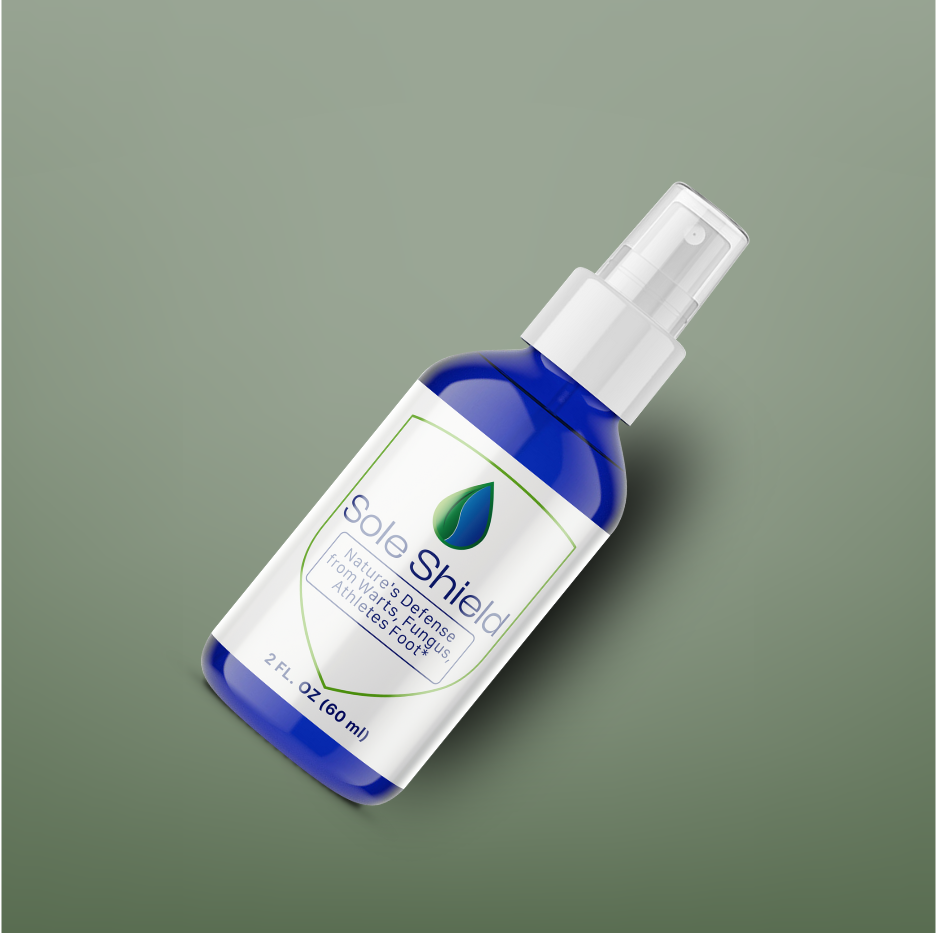
Cadexomer and cadexomer iodine are versatile wound dressings known for their ability to promote wound healing by absorbing exudate, removing debris, and facilitating the formation of granulation tissue. However, recent research has shed light on another aspect of their activity: their influence on the immune response. Specifically, studies have shown that both cadexomer and cadexomer iodine can induce the production of proinflammatory cytokines and vascular endothelial growth factor (VEGF) by human macrophages. In this article, we delve into the immunomodulatory effects of these wound dressings, highlighting their implications for wound healing and inflammation.
Proinflammatory Cytokine Production:
Macrophages play a pivotal role in orchestrating the immune response to tissue injury by secreting proinflammatory cytokines such as interleukin-1 beta (IL-1β), tumor necrosis factor-alpha (TNF-α), and interleukin-6 (IL-6). Research has demonstrated that both cadexomer and cadexomer iodine can stimulate human macrophages to produce these cytokines, thereby initiating and amplifying the inflammatory cascade at the wound site. While inflammation is a crucial component of the wound healing process, dysregulated or excessive inflammation can impede tissue repair and contribute to chronic wound formation. Thus, the ability of cadexomer and cadexomer iodine to modulate cytokine production warrants consideration in their clinical application.
Vascular Endothelial Growth Factor (VEGF) Induction:
In addition to proinflammatory cytokines, VEGF plays a central role in angiogenesis, the process by which new blood vessels form from pre-existing vessels. Angiogenesis is essential for delivering oxygen and nutrients to the wound bed and facilitating the migration of immune cells and fibroblasts. Studies have shown that both cadexomer and cadexomer iodine can upregulate VEGF production by human macrophages, thereby promoting angiogenesis and neovascularization in the wound microenvironment. This angiogenic activity is integral to the restoration of tissue perfusion and the progression of wound healing from the inflammatory to the proliferative phase.
Clinical Implications:
The immunomodulatory effects of cadexomer and cadexomer iodine on human macrophages have important clinical implications for wound management. By stimulating the production of proinflammatory cytokines and VEGF, these wound dressings can enhance the inflammatory response, promote angiogenesis, and accelerate the formation of granulation tissue. However, clinicians must exercise caution when using these dressings in patients with pre-existing inflammatory conditions or in wounds prone to excessive inflammation, as unchecked cytokine production may exacerbate tissue damage and delay healing. Additionally, further research is needed to elucidate the optimal concentration and duration of cadexomer and cadexomer iodine treatment to harness their immunomodulatory benefits while minimizing potential adverse effects.




